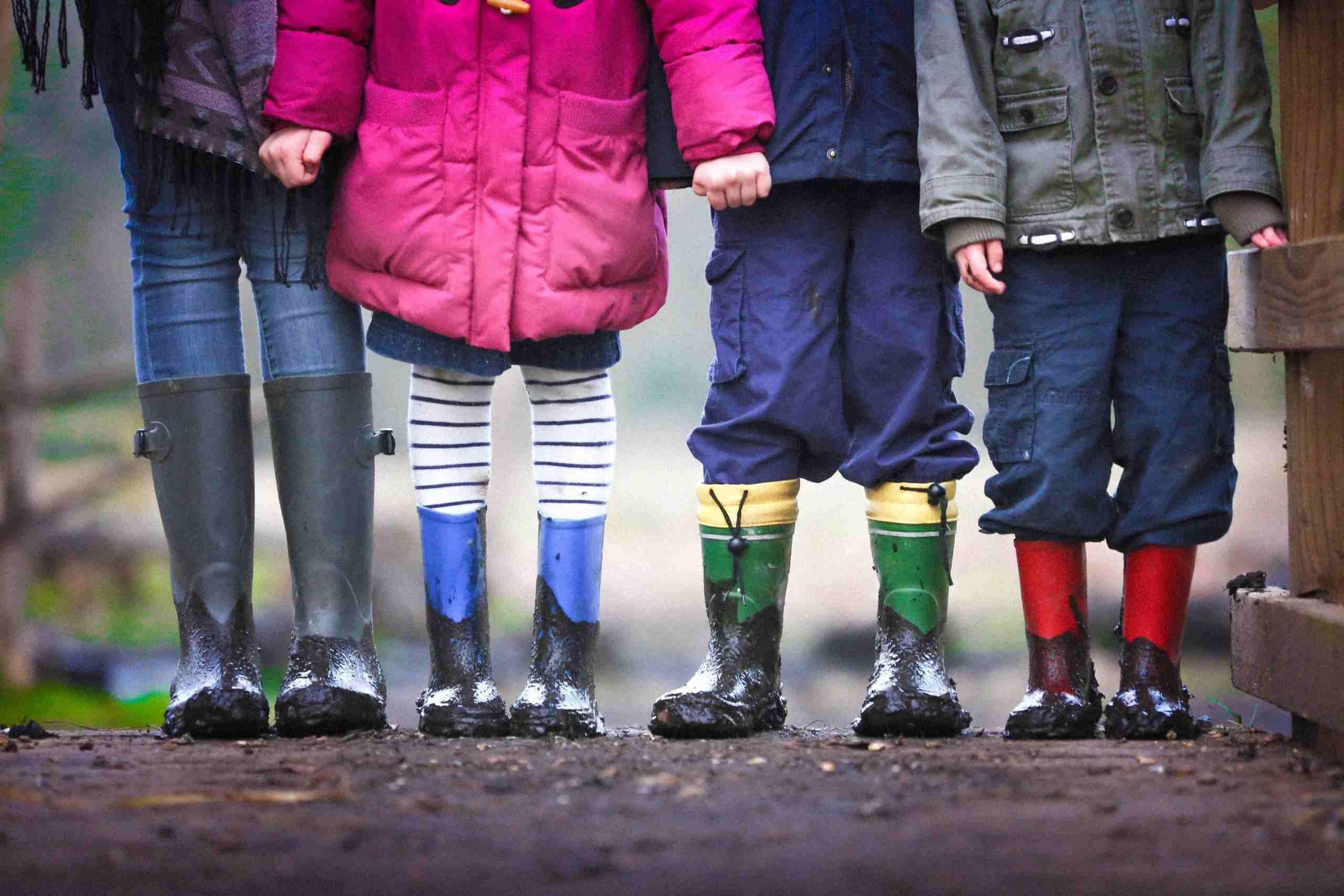Signs of OCD in Children: What to Look For
You may be familiar with the phrase “dinner-bath-bed” as it applies to small toddlers. This is a type of ritual that helps to give the young child an expectation of what is going to happen next and helps to form his or her view of the world. This article will explain how these rituals are linked to signs of obsessive-compulsive disorder (OCD) in children. As a child matures, so do the types of rituals that apply. At school, children create group rituals when learning to play games in the playground, singing songs, or taking part in sports. Teenagers may start collecting items as a hobby. These rituals play an important part in helping children socialize and learn to cope with anxiety. Noticing Signs of OCD This is where obsessive-compulsive disorders (OCD) come in. OCD is a type of anxiety disorder that is linked to obsessions via recurring thoughts, and compulsions via recurring behaviors. Studies show that unwanted obsessive thoughts in children are often a sign of OCD. These thoughts are linked to fears, such as becoming dirty by touching an object. He or she will use compulsive rituals like too-frequent handwashing as a way to control fear. Confronted with the challenge of obsessive thoughts, a child with OCD will display increasingly more signs of OCD through recurrent and compelling rituals that may even get in the way of everyday life and development. What are the reasons for the signs of OCD? Studies have presented inconclusive results on the cause of OCD. However, experts think that this disorder is caused in our brains due to a lack of the chemical serotonin. As with other disorders, if your parents and siblings have OCD, there is a higher chance that you may have it too. This leads some experts to conclude that its [...]




